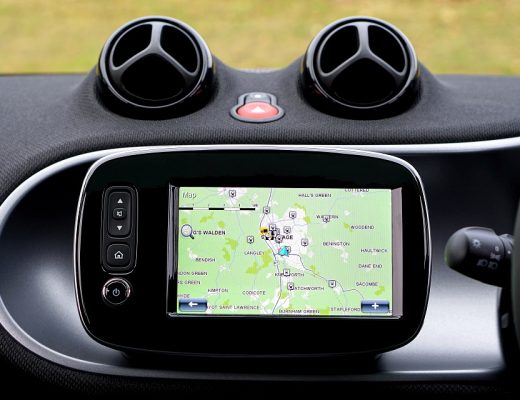Finding the right used auto part for your car can be a tricky endeavor. Considering to pull a part from junk or salvage yards can save you a ton of money compared to buying new. However, you need to be strategic in choosing which parts to buy used and what to look for to avoid headaches down the road. Here are 5 key mistakes to avoid when sourcing used auto parts:
Not Checking Compatibility
The most obvious but critical step in pick and pull is to ensure the part you’re eyeing up is actually compatible with your make/model/year of car. Just because that door or engine looks like it should fit, doesn’t mean it will. Always check compatibility either on the junkyard’s website or using a resource before trekking out to the yard. Nothing is more frustrating than finding your dream used part only to discover it won’t work once you get it home. Save yourself the time and verify ahead of time.
Judging A Part By Its Look
It can be tempting to choose parts at a junkyard based solely on cosmetic appearance. But a shiny coat of paint may be hiding underlying damage or wear and tear that could lead to premature failure. Thoroughly inspect each part for cracks, leaks, corrosion etc. Test functionality when possible – see if that electric window still goes up and down smoothly or the blower fan turns on. Go beyond first impressions when evaluating used auto parts or it could end up costing you more in the long run.
Not Asking About Warranties
Did you know that many junkyards actually offer limited warranties on certain used parts? This protection ranges from 30 to 90 days typically and gives you some assurance in case that used transmission or engine gives out shortly after install. Be sure to understand any warranty coverage before purchasing more expensive components – things like alternators, starters, steering racks. Or if available, pay a small premium for a certified or tested part for added peace of mind. Getting stuck swapping the same part twice is annoying and avoidable.
Overlooking Non-Mechanical Parts
For DIYers and backyard mechanics, there’s an inclination to focus solely on mechanical pieces when picking parts in a junkyard. But don’t forget all those supporting non-mechanical parts that get damaged and wear out too – moldings, emblems, mirrors, ducts, computer modules, sensors, etc. These components can also be found used for tremendous savings versus new. And with non-mechanical parts, you don’t have to fret as much about prior wear and longevity.
Paying Too Much
Finally, just because those used parts are way cheaper than buying new doesn’t give junkyards a license to overcharge. Research average scrap prices for the parts you need so you have a ballpark pricing expectation before visiting the yard. And once there, if the cost still seems too high, don’t be shy to negotiate with the counterperson. Build rapport with junkyard staff and you’re more likely to get fairer deals. A polite conversation can save you 10, 20, even 30% off listed prices.
Conclusion
Sourcing used auto parts takes some effort and planning but pays off exponentially in cost savings, even after avoiding these common mistakes. Now armed with this knowledge, you can pick and pull parts from your local junkyard confidently knowing what to watch out for. Just take your time evaluating each component, ask questions, and leverage haggling to maximize value. Your wallet will thank you next time your old clunker needs a few new replacement parts.








No Comments